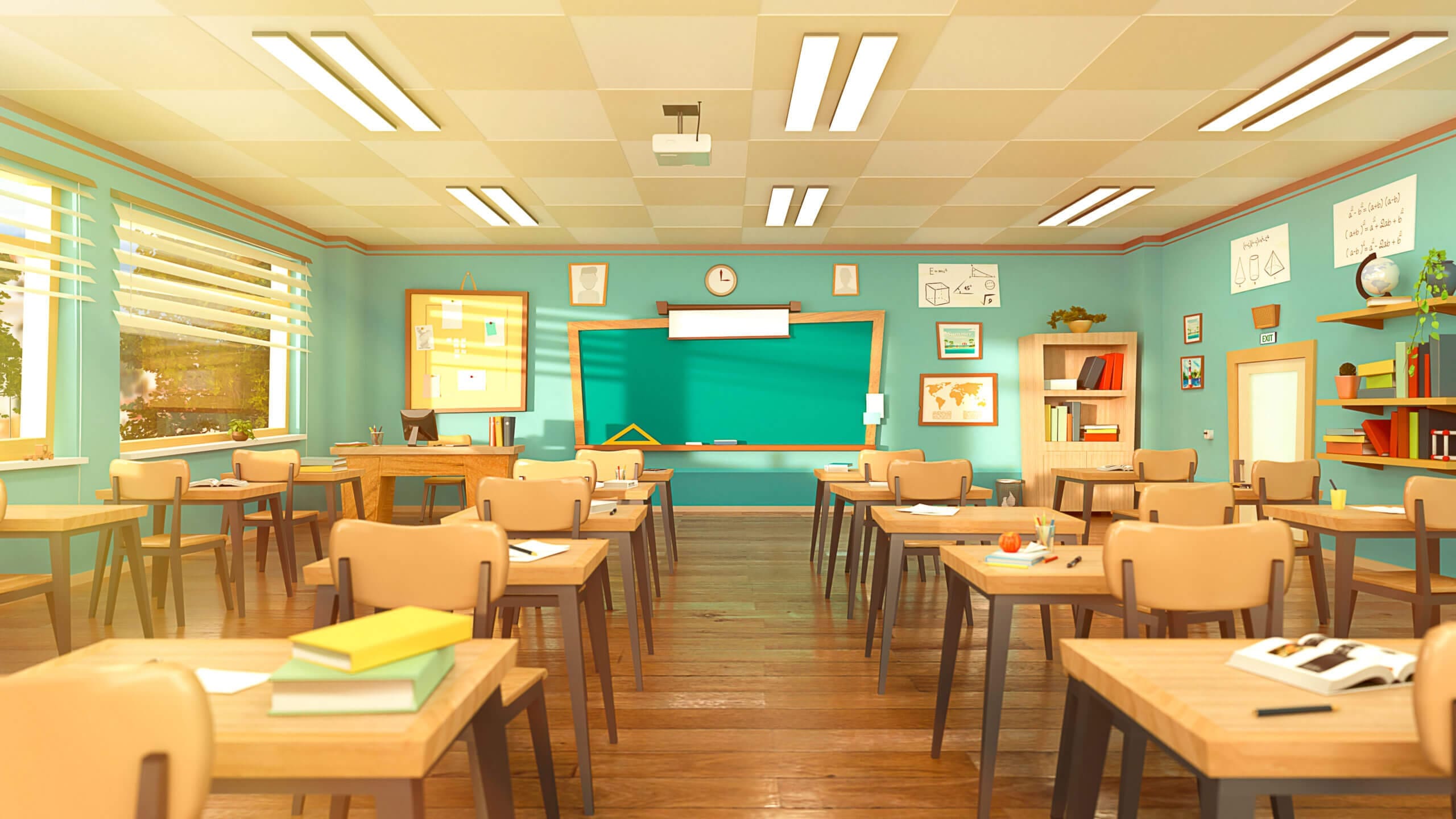In Winston-Salem, North Carolina, contractors are busy installing school bipolar ionization purifiers into HVAC systems. Winston-Salem/Forsyth County Schools (WS/FCS) has a total of 82 school buildings. The current focus is on installing these devices into school buildings on “flex” Wednesdays when students aren’t in classrooms.
WS/FCS is starting with elementary schools first, and then moving to the larger middle and high school buildings. Today, 45 of the 82 schools are breathing cleaner air, said Barry Motsinger, WS/FCS Director of Capital Projects.
“They produce clean air and you can tell the difference,” Motsinger said in an interview with WXII NBC news. “It does kill viruses; it helps kill mold. Kids with asthma, it should help them, also. So even without COVID, this is not a bad idea.”
More than half of Winston-Salem/Forsyth County Schools have new air filtration system https://t.co/ELmMtXxouB
— WXII 12 News (@WXII) January 20, 2021
The district hopes the project is completed by the end of February. They are the first school district in North Carolina to install bipolar ionization purifiers. There’s a growing demand for cleaner air and improving indoor air quality in schools.
How School Bipolar Ionization Purifiers Work
School bipolar ionization purifiers produce negative and positive ions, or air scrubbers to render viruses and pollutants inactive. They attach to most indoor air pollutants, including germs, mold and dust. They also work to improve HVAC filters by clumping pollutants together, making particulates in the air bigger and easier to capture.
By eliminating these indoor air pollutants, you reduce students’ chances of an allergic or asthma reaction. Clean air improves a student’s academic achievement performance. It also decreases student absenteeism due to illness.
Can Your Child’s School Get Purifiers Installed?
Absolutely. Congress approved $82 billion for the Elementary and Secondary School Relief Emergency Fund. This money can be used to test, maintain, repair, replace and upgrade HVAC systems to improve indoor air quality. This includes purification, filtration, humidity control and ventilation solutions.
Hearing this a lot lately.
— IAQ Works (@IaqWorks) January 14, 2021
For schools in particular, the safety of students and faculty (not to mention long-term benefits in a post-pandemic world of good IAQ) far outweigh any initial sticker cost.
Oh, and unpopular opinion: the sticker cost is not shocking for equip 😬 https://t.co/qUnqVhBx2D
States and school districts have one year to use these funds before they are returned back to the federal government. Help your child’s school take advantage of these funds for HVAC improvements. We can help you get in touch with your local HVAC or IAQ specialist.



